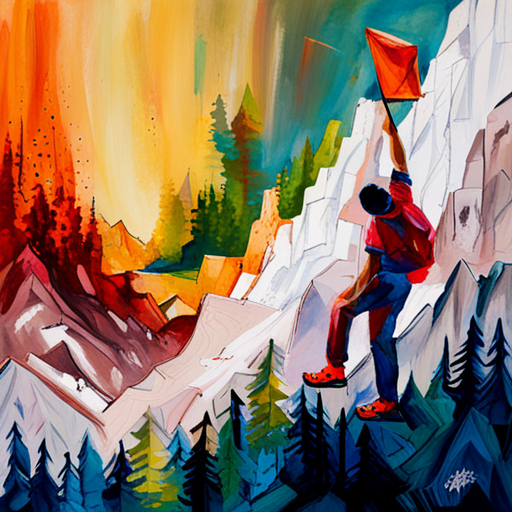Mountaineers and search and rescue (SAR) teams have one thing in common, and that’s the need for physical fitness. Mountaineers face rough terrains and need to maintain focus and stamina to tackle it, while SAR teams require physical fitness as a group to effectively respond to emergency situations. This blog post will provide a detailed explanation of the importance of physical fitness in both activities and the specific areas of fitness they require.
Cardiovascular:
Cardiovascular endurance is critical to both mountaineering and SAR work. Climbing high-altitude peaks or responding to emergency situations requires individuals to have a sufficient oxygen supply. Cardiovascular fitness can be improved by engaging in aerobic exercises such as running, cycling, and swimming. SAR teams can also engage in simulations or mock drills to improve their cardiovascular fitness.
Strength:
Individual strength is crucial for mountaineers to handle their weight and gear while climbing steep inclines. On the other hand, SAR teams need to have collective strength to carry injured victims out of hazardous environments. Resistance training, weightlifting, and bodyweight exercises can help individuals improve their strength. SAR teams can engage in team-building activities to build their collective strength.
Mobility and Flexibility:
Both mountaineers and SAR teams face challenging terrain that requires mobility and flexibility. Mountaineers must be able to move their body effortlessly and maintain flexibility. To improve mobility and flexibility, individuals can engage in yoga, stretching, and other movement practices. SAR teams can engage in simulations or mock drills to improve their mobility and flexibility.
Endurance:
Endurance plays a crucial role in both mountaineering and SAR work. Both require individuals to maintain endurance during long hours of challenging terrain and emergency situations. Endurance can be improved by engaging in stamina-building exercises such as high-intensity interval training (HIIT) and long-distance running. SAR teams can also engage in long-duration team-building activities to improve their endurance.
Agility:
Agility is essential in both mountaineering and SAR work. In mountaineering, climbers need to make quick and precise movements to navigate challenging terrain. In SAR work, responders need to be agile to move through hazardous environments quickly. Individuals can improve their agility by engaging in agility training such as sprinting, plyometrics, and ladder drills. SAR teams can engage in simulations or mock drills to improve their agility.
In conclusion, physical fitness is vital for both mountaineering and SAR work, and each activity requires specific areas of fitness. Cardiovascular endurance, strength, mobility and flexibility, endurance, and agility are all crucial components of fitness in these activities. Individuals should engage in regular physical activities to improve their fitness and prepare themselves for the challenges that come with mountaineering and SAR work. SAR teams should also engage in regular team-building activities to build collective fitness and improve response to emergency situations.
In the following posts, we’ll look at each of these elements individually.
Peace on you Days
Lance









